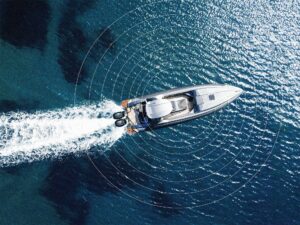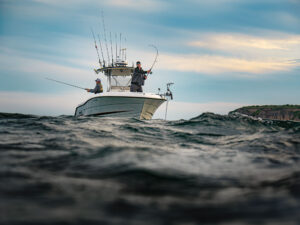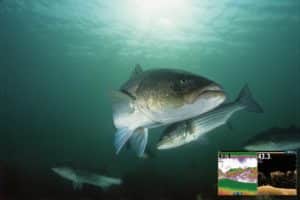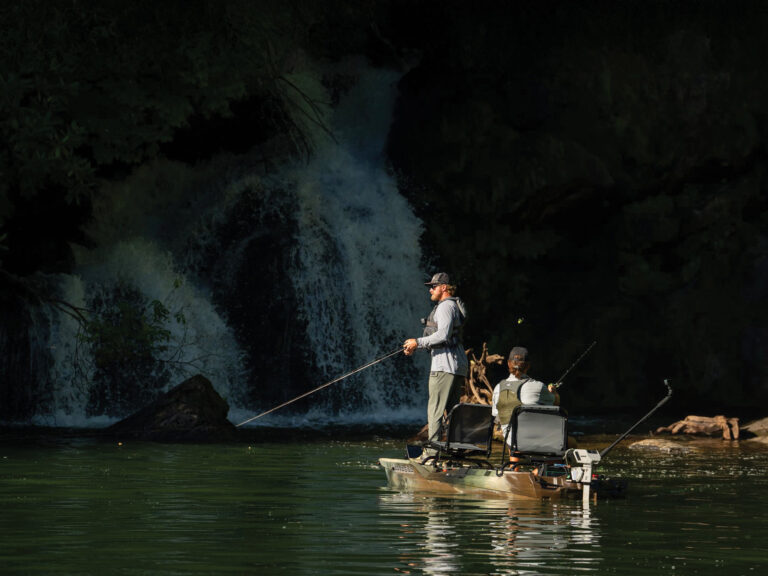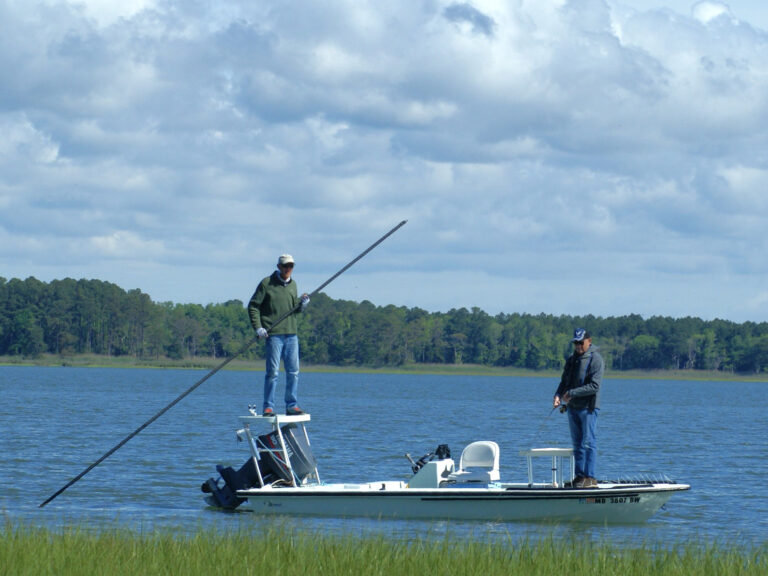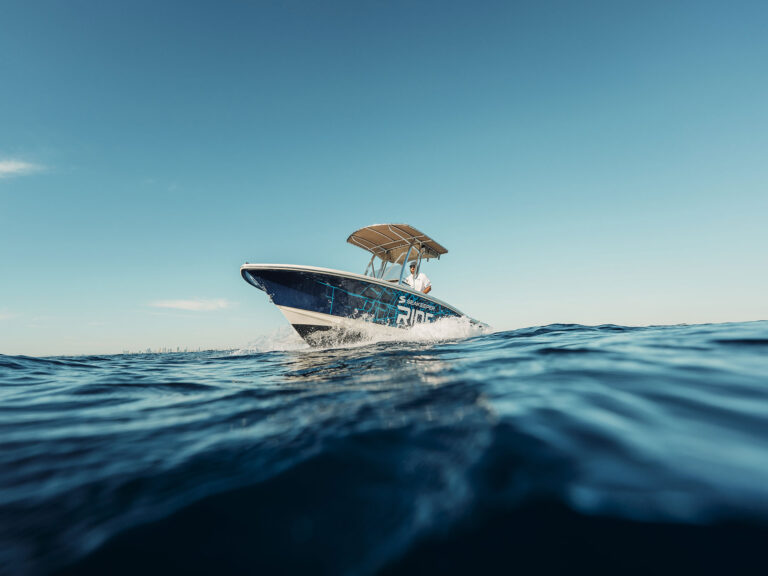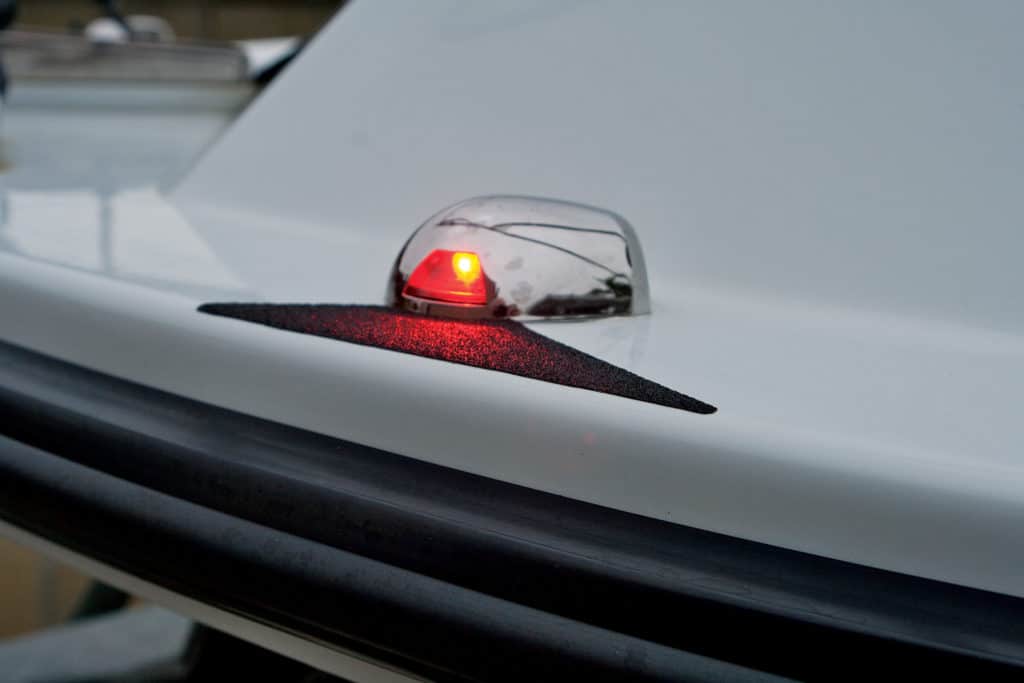
Light-emitting diodes have spawned a revolution in marine lighting.
Compact, efficient, long-lasting and bright, marine LEDs enhance safety at night and allow boating anglers to add illumination just about anywhere it’s needed. You’ll find marine LEDs in navigation, spreader, search, underwater, cabin, courtesy, livewell and accent lights from a host of brands, including Aqualuma, Hella, Imtra, Lumitec, Lumishore, OceanLED, Rigid, Taco Marine and many others. The range of products can prove mind-boggling.
LEDs draw little power. For example, an old-school 50-watt Jabsco Halogen incandescent spreader light draws 4 amps at 12 volts and produces 9,900 candlepower. By comparison, the 12-watt Lumitec Caprera LED spreader draws just 1.3 amps at 12 volts and produces 1,000 lumens, which roughly translates to 12,570 candlepower.
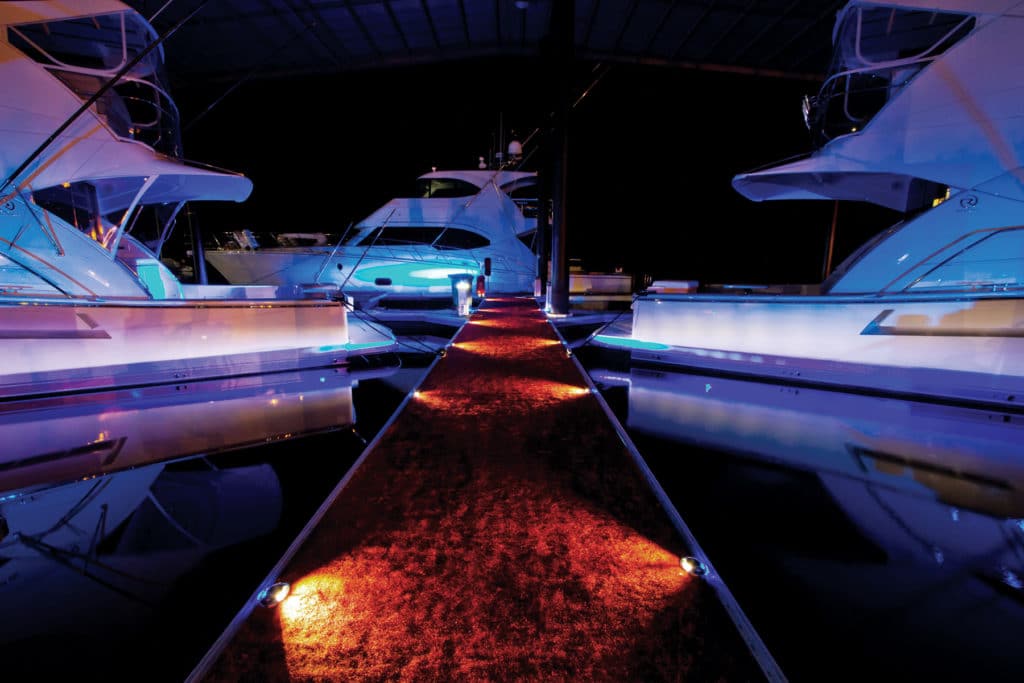
As a result, boating anglers can now worry less about overloading circuits and draining batteries. On the downside, marine LEDs cost more, though the price differences shrink with each passing year. The Jabsco Halogen, for instance, retails for about $90, while the Lumitec Caprera sells for around $150. LEDs also last much longer. The Caprera has an expected output life of 22,000 hours. The Jabsco bulb life is just 450 hours.
LED technology allows manufacturers to produce illumination in a veritable rainbow of colors, and some LED systems even allow you to change the shading of accent or underwater lights via Wi-Fi with a smart mobile device. Some marine LEDs can also be set to change color and strobe to the beat of music or another programmed pattern.
Many offshore anglers believe that underwater strobe lights can help pull pelagic fish such as blue marlin close to the boat during daylight hours. User-programmed underwater LEDs facilitate this.
Most new boats today feature LED lighting exclusively. Many older boats, however, came equipped with incandescent lights. As these lights require replacement due to corrosion or other damage, boat owners can replace them with LEDs.
Here are six key factors to keep in mind when selecting and installing LEDs.
No. 1: Insist on Marine Grade LED Lighting
Resist the temptation to install nonmarine lights on your boat. Marine-grade LEDs feature housings that resist corrosion in a saltwater environment, while others — even LEDs designed for outdoor and garden uses — will likely succumb to the rigors of briny applications.
LEDs for boats also come sealed to prevent water intrusion. Look for the highest waterproof ratings of IP 67 and IP 6K9K.
No. 2: Research Coast Guard Compliance
Make sure the new LEDs meet Coast Guard regulations and guidelines set by the American Boat and Yacht Council. Red (port) and green (starboard) side marker lights, for example, should illuminate a sector spanning 112.5 degrees from dead ahead to aft on each side.
In addition, each LED nav light — including the white all-around light — should meet the Coast Guard and ABYC requirements for visibility range. These regulations change with the size of the vessel, but for boats under 40 feet, the required visibility range is 2 nautical miles.
No. 3: Use the Right Lighting Angles
The angle of illumination serves an important function and is largely determined by the lens. For courtesy and spreader lights, for instance, you want a fairly wide beam — at least 50 degrees — to adequately illuminate a cockpit or walkway. A wide beam also helps minimize dark shadows that might impair visibility.
For a chart light or spotlight, on the other hand, a narrower beam of about 20 degrees better focuses on a specific object and direction, be it near or far.
No. 4: Select LEDs With the Same Footprint
If you are replacing an old incandescent, try to select an LED that fits the same cutout or bracket, a practice that will save you time, work and money in patching or enlarging holes or creating an adapter for the new LED fixture. This proves especially important when retrofitting your boat with underwater LEDs. Repairing a hole below the waterline can get expensive.
Finding an equivalent replacement might not always be possible, but these matchups do exist. Hella’s Slim Line LED courtesy lights, for instance, fit the same hole as the old Perko round incandescent courtesy lights — a swap-out I made on my boat a few years ago.
No. 5: Avoid EMI
A regulator within the LED microcircuit continually switches voltage to the diode off and on. If the regulator is not properly shielded, the wire leading to the LED emits radio frequencies that interfere with onboard electronics. This electromagnetic interference can manifest in peculiarities such as VHF radio interference, static on a stereo, and “hash” on a fish-finder screen. The best way to avoid EMI is to look for the “CE” designation on the marine LED fixture. This indicates that the manufacturer has complied with Conformité Européenne (European conformity) in shielding the LED.
No. 6: Be Careful with Colored LEDs
An LED’s ability to deliver a rainbow of bright colors can also lead to trouble. The Coast Guard recently issued a warning that haphazard placement and use of decorative LEDs such as rope lights or underwater lights might violate the agency’s navigational light provisions.
The Coast Guard also cautioned against the use of certain colors for underwater LEDs. In a November 2015 bulletin, the agency stated, “For instance, blue underwater LED lights can appear to be flashing if there is any wave action, giving the appearance of a flashing blue light only authorized to be used by law enforcement vessels.”
The lesson here: Don’t go overboard in your zest for marine LEDs. Carefully select, install and utilize LED technology, and you’ll improve your boat, your fishing experience and your safety when fishing at night.

